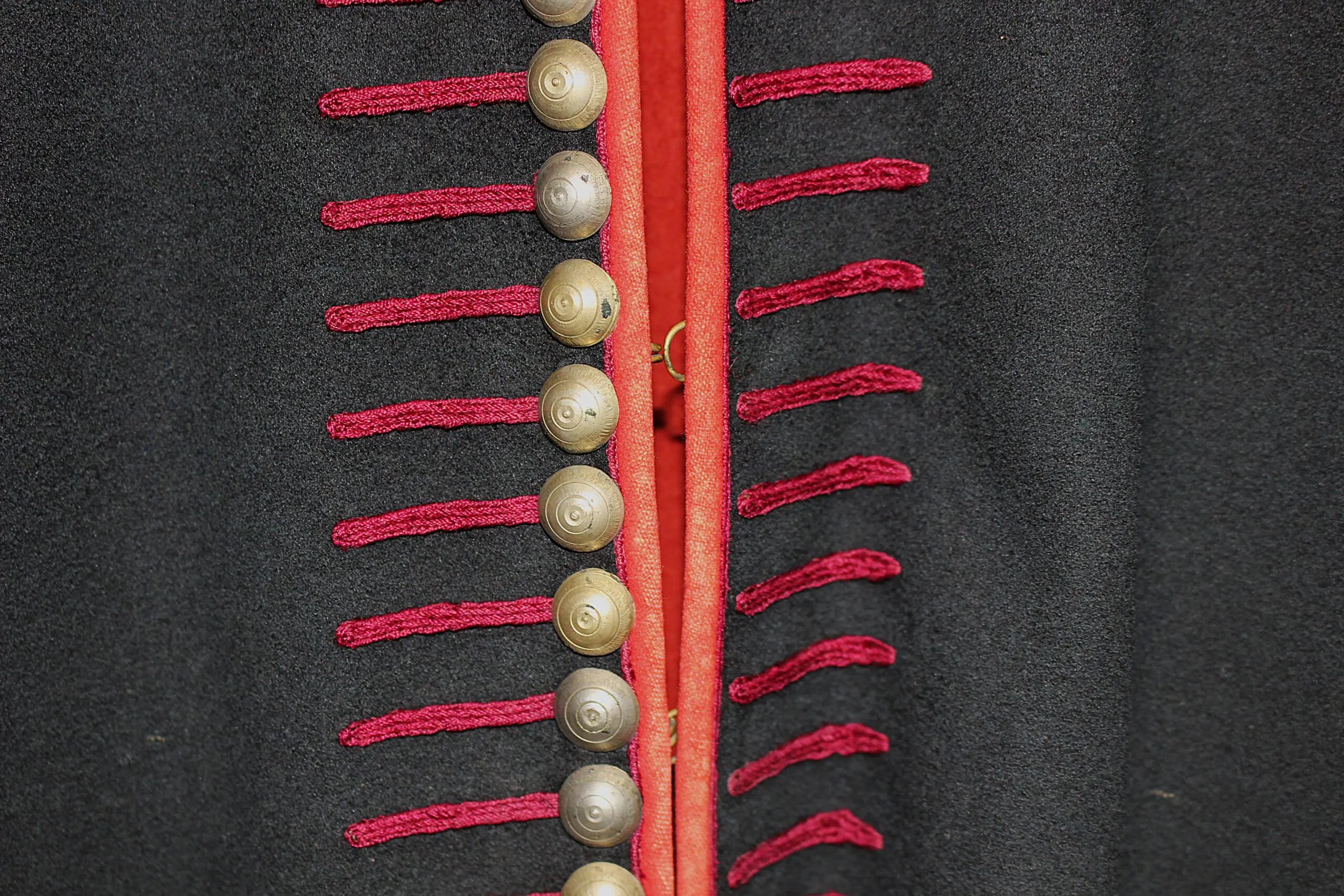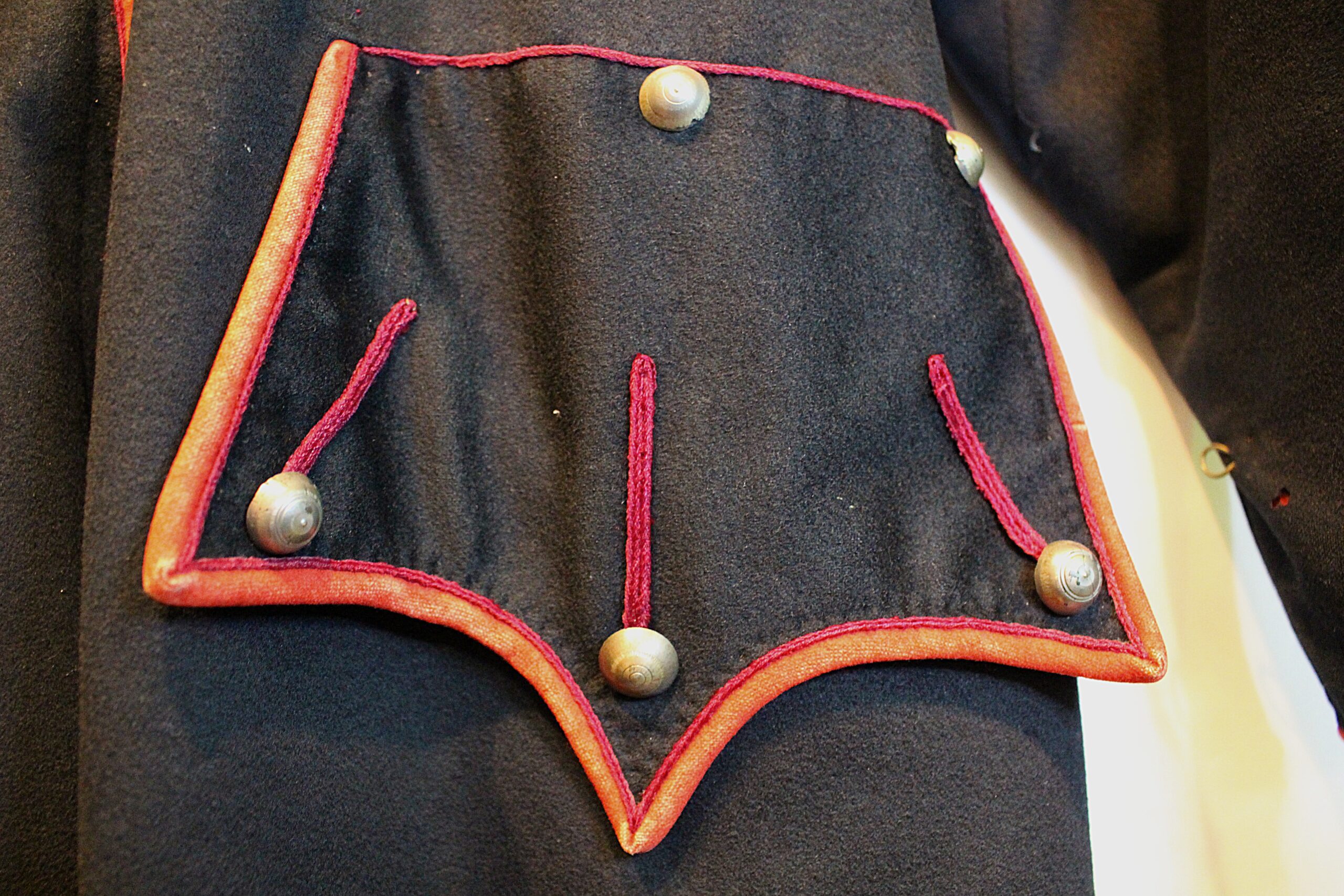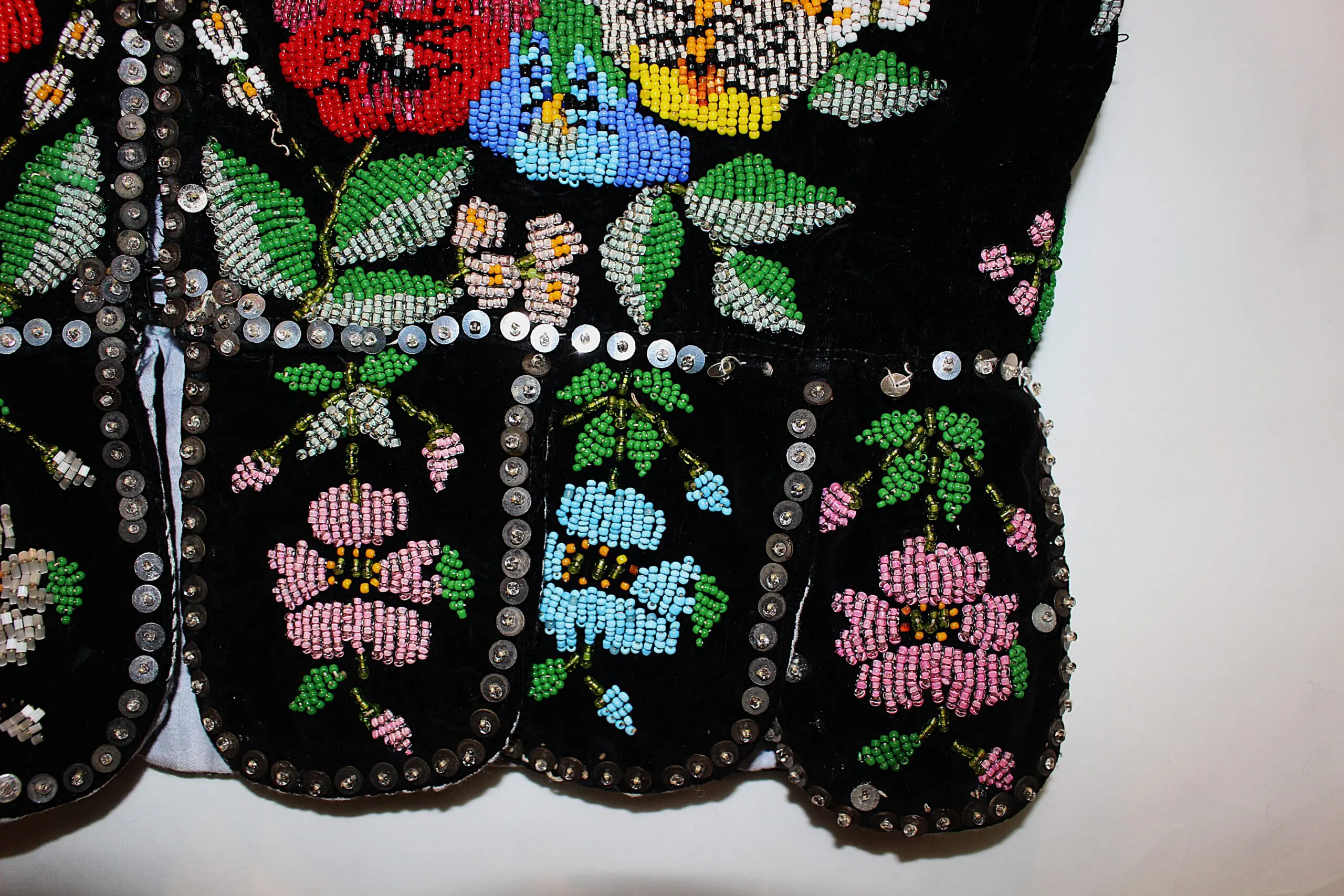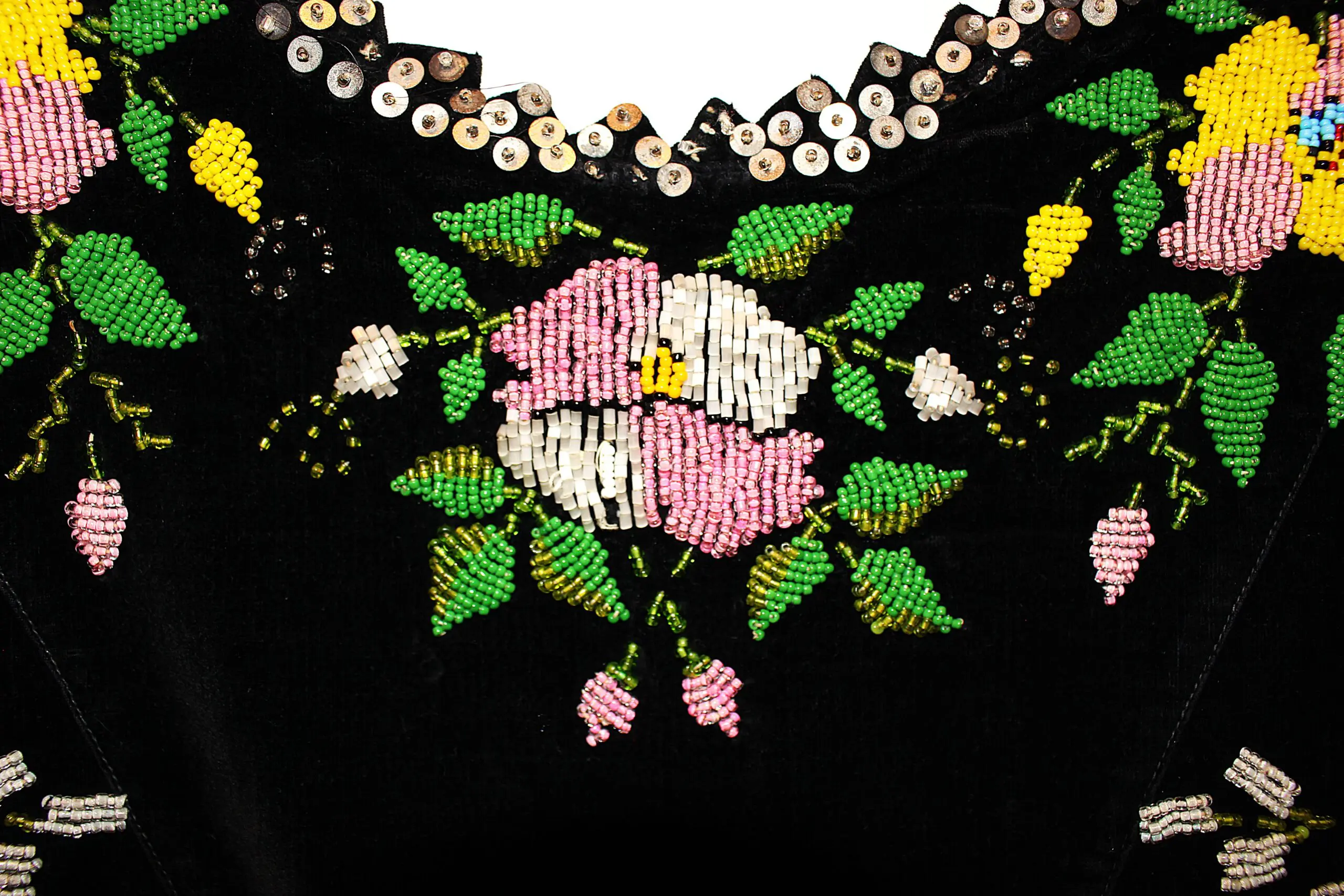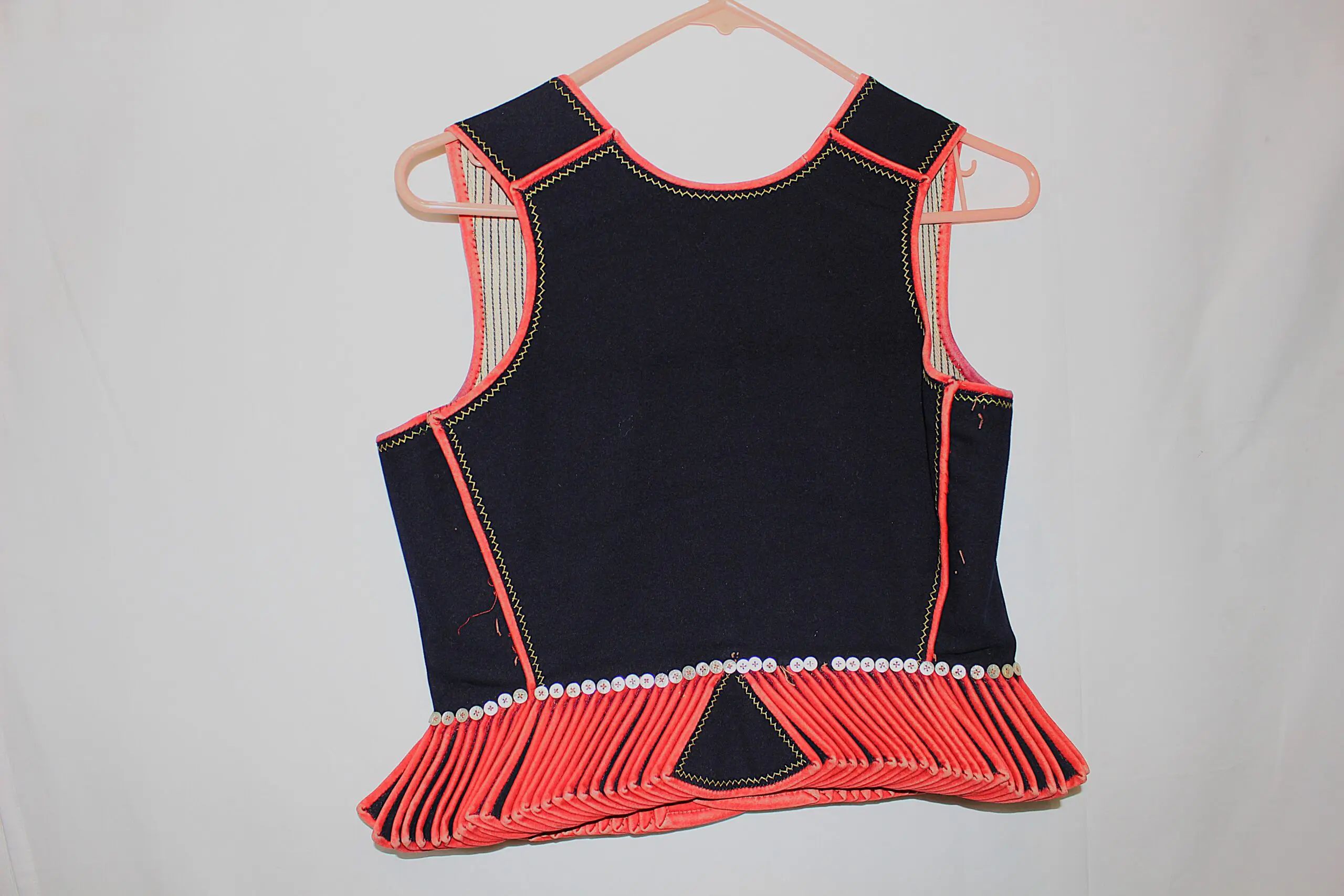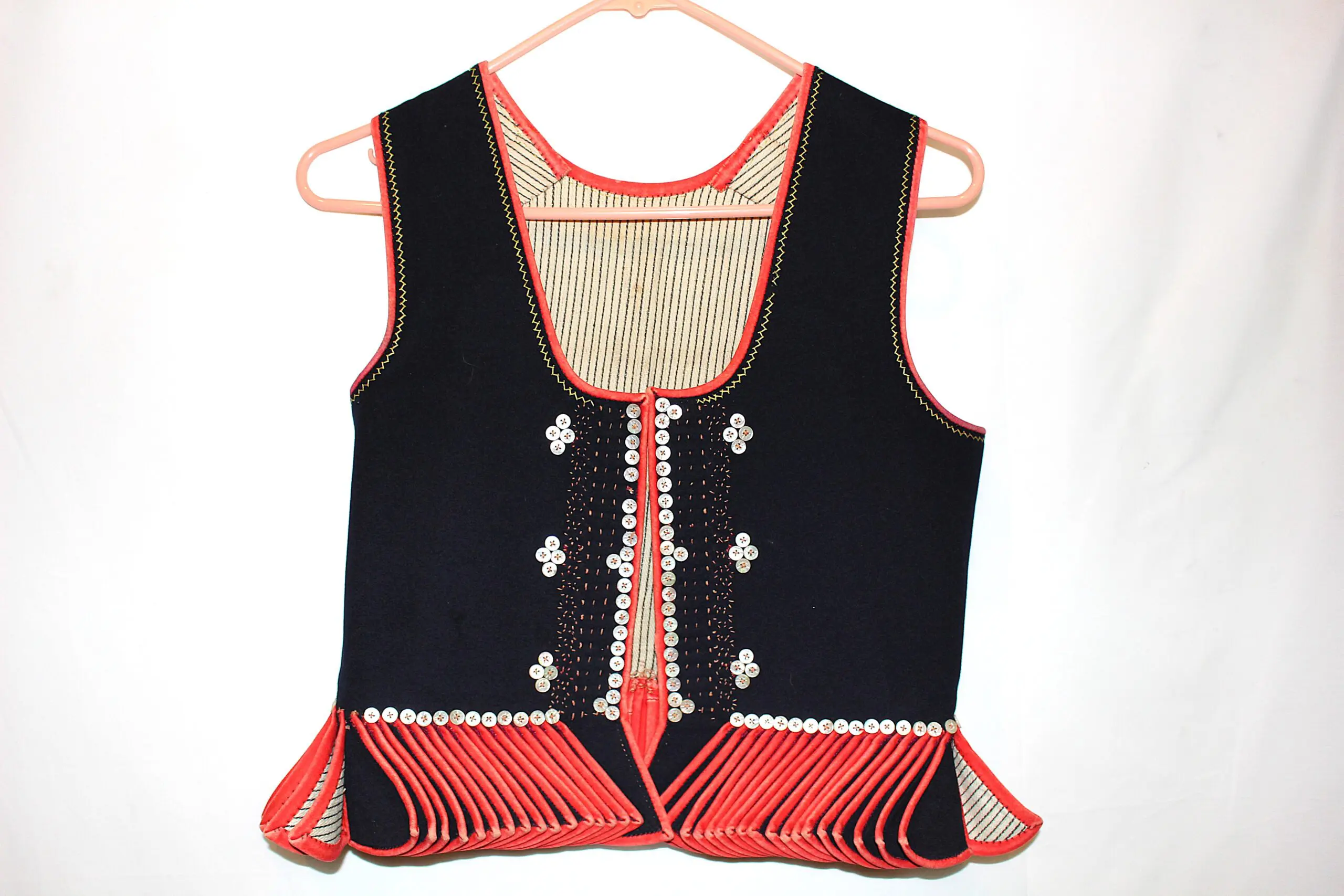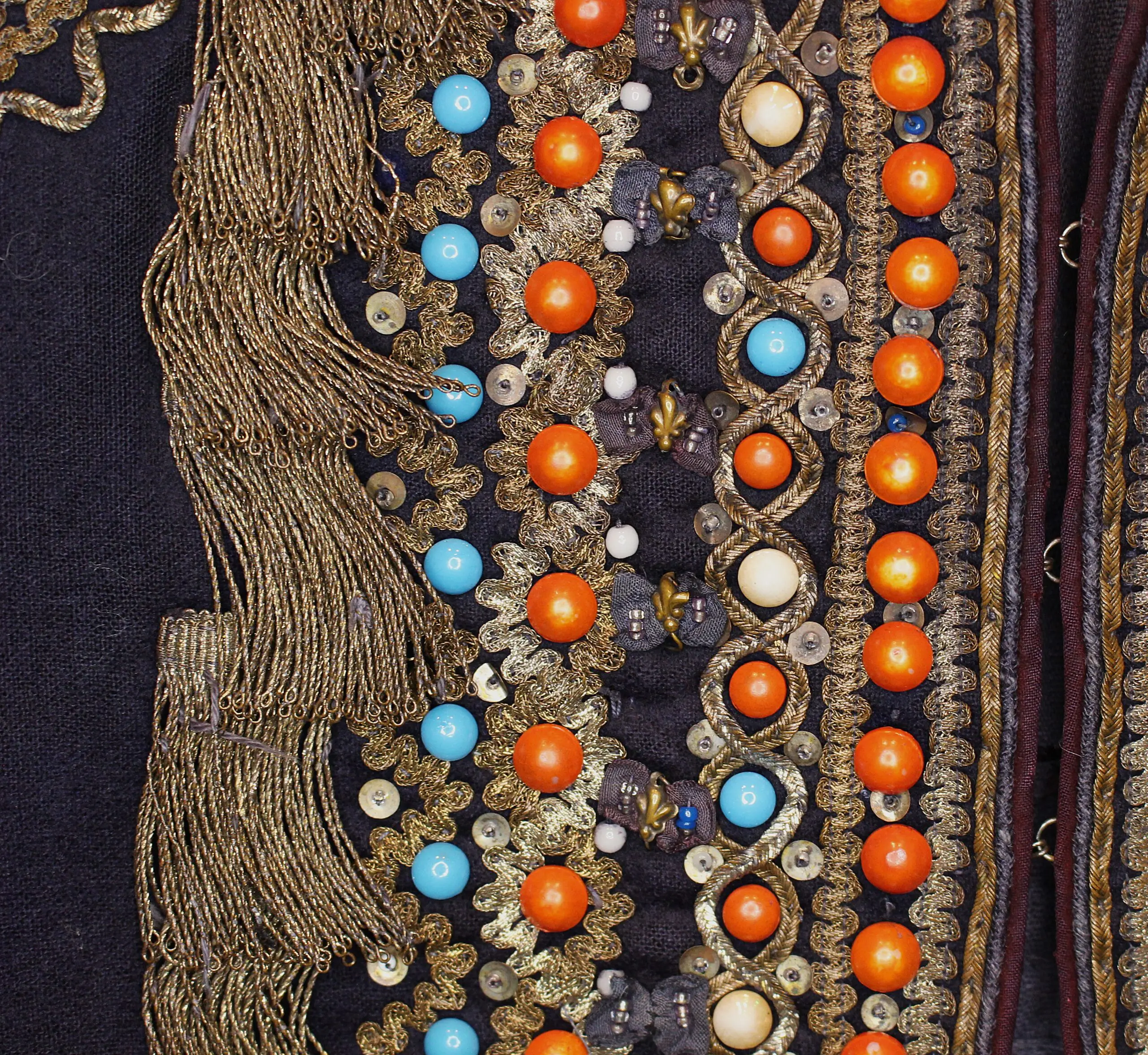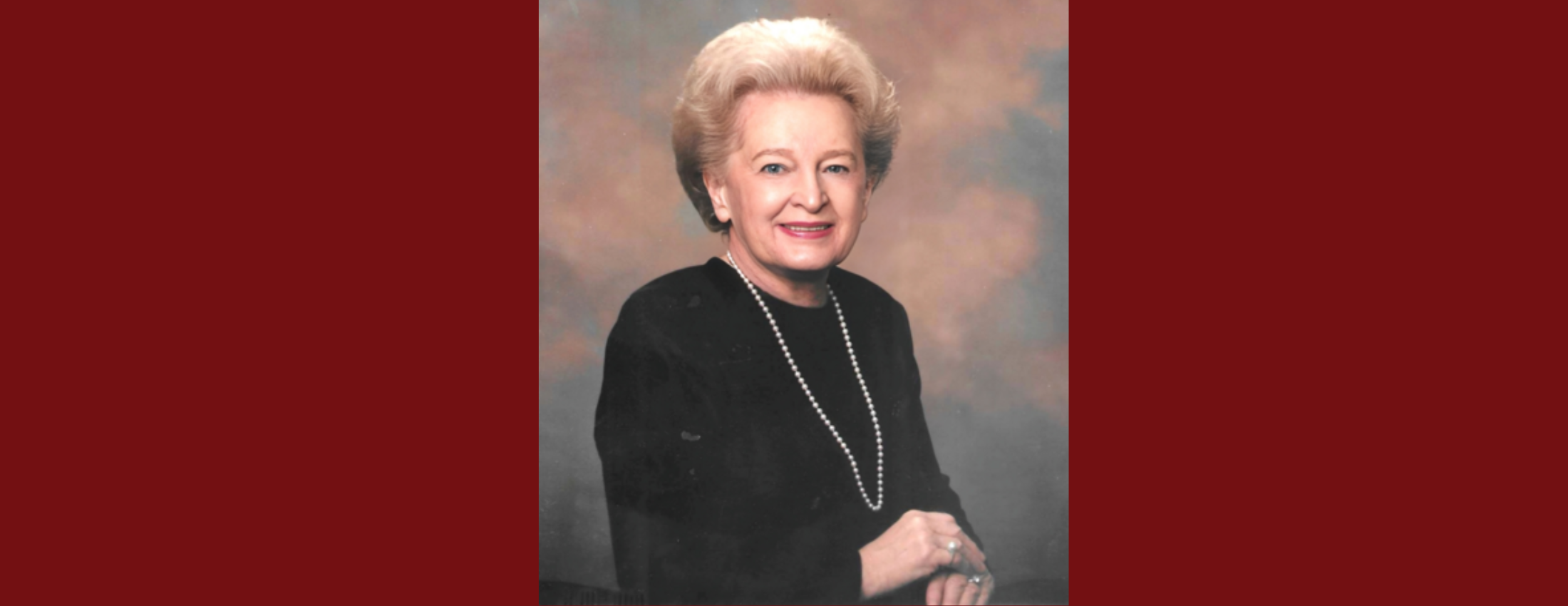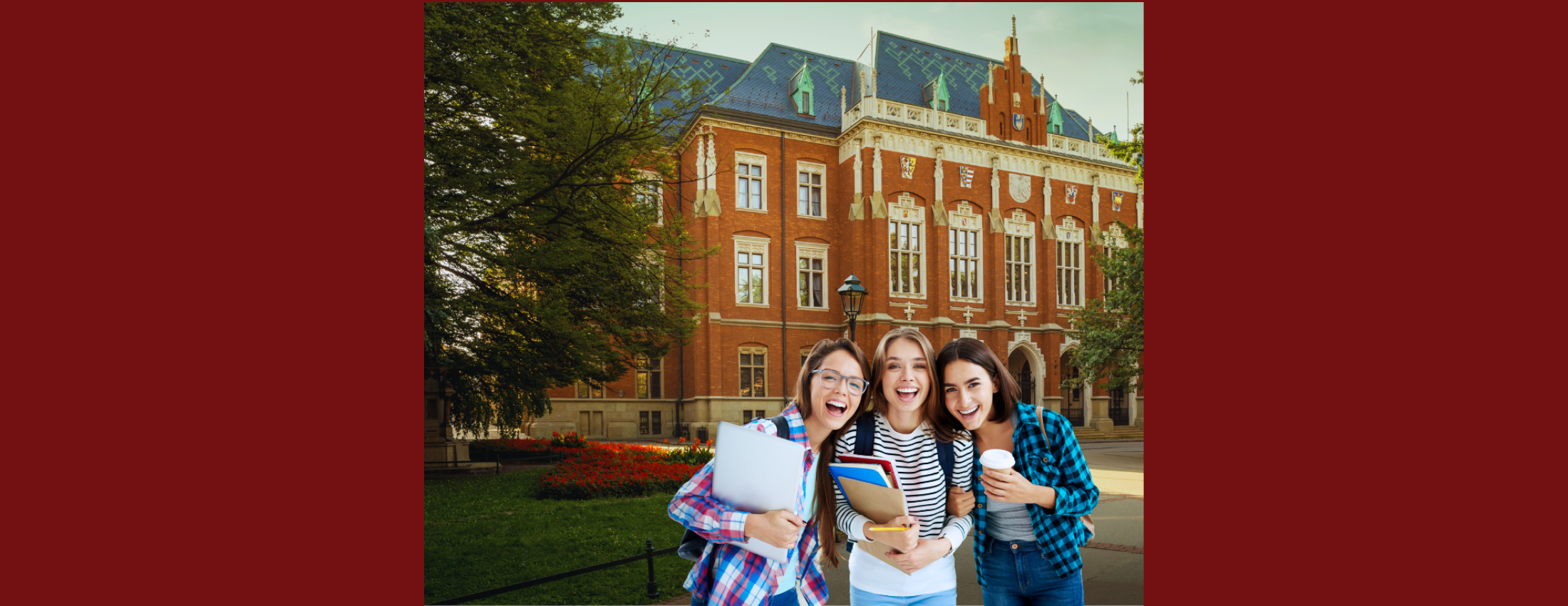Dancing Through Time: Historic Dance Costumes – Christina Gluszczak, KF Tuition Scholarship Recipient
 Christina Gluszczak is the Kosciuszko Foundation 2024/2025 Tuition Scholarship recipient. She earned her BA Degree in Anthropology with a minor in Theater from San Francisco State University in 2021. In 2023, Christina began her MFA Degree in Museum Studies at the University of San Francisco. Her graduate research examined the importance of art and cultural preservation particularly in the context of museums as cultural safe havens. Christina’s project sheds light on the intricate craftsmanship and cultural stories embedded in Polish folk costumes, emphasizing their value as historical artifacts.
Christina Gluszczak is the Kosciuszko Foundation 2024/2025 Tuition Scholarship recipient. She earned her BA Degree in Anthropology with a minor in Theater from San Francisco State University in 2021. In 2023, Christina began her MFA Degree in Museum Studies at the University of San Francisco. Her graduate research examined the importance of art and cultural preservation particularly in the context of museums as cultural safe havens. Christina’s project sheds light on the intricate craftsmanship and cultural stories embedded in Polish folk costumes, emphasizing their value as historical artifacts.
The project follows the preservation process of ten vintage Polish folk costumes from the 1890s–1970s, used by the Łowiczanie Polish Folk Dance Ensemble in San Francisco. As seven of the costumes had been badly damaged by moths, the project started with the process of demothing costumes, followed by further repair plus restoration and concluded with creating a digital archive hosted on the Kosciuszko Foundation’s website. The digital archive created through this project serves as a lasting resource for anyone researching or inspired by Polish folk costumes. The careful demothing and restoration process showcased the delicate condition of these Polish folk costumes and the effort required to preserve them. The project also highlighted the importance of preserving folk culture through performance and design within the broader cultural landscape. Digitizing the archive was the final step to ensure that the legacy of these Polish folk costumes would live on, thus preserving and sharing traditional Polish folk culture for generations to come. Each piece in the collection tells a unique story of craftsmanship, regional identity, and cultural heritage—making these Polish folk costumes invaluable to both scholars and enthusiasts of traditional attire.
Cracow Gorset (Krakowski Gorset) 1900
The Cracow Gorset is a striking example of Polish folk costumes that highlight regional distinctions in cut, embellishment, and color. While both gorsets are from the area of Western Krakow, this bodice highlights the diversity in styles even within one region. The top is adorned with painted ‘coral’ buttons, a signature of the subregion. The focus on detail in the ornamentation points to the bodice being designed for special occasions, whereas the other Cracow bodices were more likely worn on a daily basis.
This bodice features a higher, more rounded neckline, metal string loops, and painted beading down the front and back. The stitching and embroidery on the gorsets were made with the use of thin metal strings that have tarnished slightly to coppery sliver. A few of the gelatin-based sequins and metal adornments have fallen off, but most of the original features still adorn this top.
Cracow Gorset (Krakowski Gorset) 1890
Traditionally worn over a white linen shirt, this style of gorset has the most variation in color, cut, base material, and decoration for traditional Cracow costumes. The trapezoidal, delicate flaps at the bottom help to accentuate the female waistline and boast their status.
This bodice boasts as many as 72 flaps and mother-of-pearl buttons lining the front chest paneling and looping around all the way to the back of the bodice. The hand-stitched ornamentation is original, with only minimal repairs or alterations, which means that it probably started its long life as someone’s personal costume before transitioning to a shared one for the Łowiczanie Ensemble. The bodice was made in Poland at the end of the 1800s and purchased by the Group in 1983. As Cracow style dances are not currently in the Ensemble’s repertoire, this costume has not been danced in for several years.
Kurpie dress
The Kurpie dress is another beautiful representation of Polish folk costumes, especially from the northern regions of Poland. The Kurpie region is a subregion located in the greater Mazovian and Podlasie regions in northern Poland and is further divided between north and south through the Bug and Narew Rivers. Puszcza Biała (the White Forest) is located in the south, while Puszcza Zielona (the Green Forest) in the north. The costume in this collection hails from the Puszcza Biała subsect.
Unfortunately, the exact date of this costume is unknown; however, it can be traced back to roughly the turn of the 20th century. This was inferred from the quality of wool, the nearly exclusive hand stitching, and the use of crystal beads as well as gelatin-based sequins as opposed to the plastic or glass beads which would have been used during the post-war and communist eras.
Sadly, the costume has sustained substantial moth damage, which can be seen predominantly at the top of the dress where the bodice and skirt connect, leaving the piece very fragile.
Men’s Katanki
Each of these garments reflects the unique identity and pride associated with Polish folk costumes worn by communities across different eras. Like the gorsets in this collection, this men’s katanki is from Western Cracow in the southern part of Poland. The jacket follows a simple style with the main adornments in the form of red lining and metal buttons, but other variations may include tassels or embroidery on the front paneling. Originally very dark navy blue, this piece has faded slightly over the years, acquiring the appearance of faded black.
Rzeszów Gorset 1920
By documenting these Polish folk costumes, Christina contributes to a broader understanding of how traditional attire embodies national heritage and identity. The gorset was originally made at some point in the late 1920s or early 1930s. It is characterized by an interesting blend of hand-stitched elements and machine-sewn sections, both of which are seen on the collar. The lavish flower motifs and sequin embellishments reflect the changing styles in the post-World War I Rzeszów region, with fashions moving away from smaller embroidery adornments to larger bead motifs covering the bodice.
A few alterations can be seen throughout the bodice, namely the replacement of the hooks on the front, and the resewing of some of the bead and sequin embellishments.
Project author: Christina Gluszczak
Photos by: Christina Gluszczak
The KF offers special grants to support members of Polish folk dance ensembles and instructors who wish to enhance their expertise through further study or research of Polish folk costumes and dance. For more information, please contact Gosia Szymanska at mszymanska@thekf.org.
All costumes







